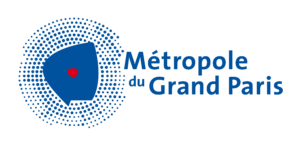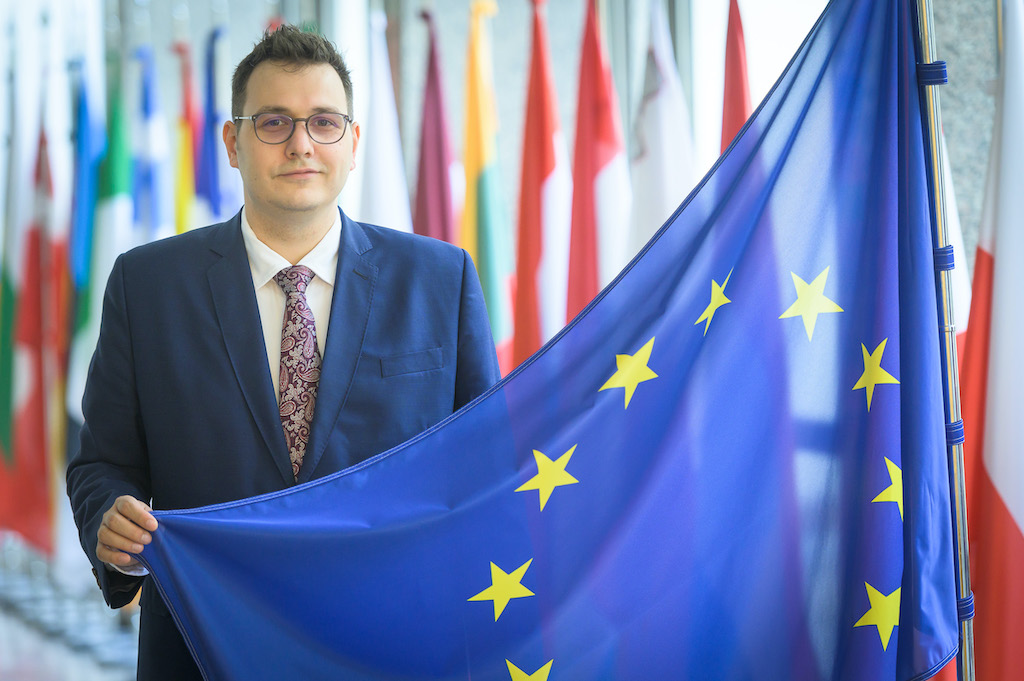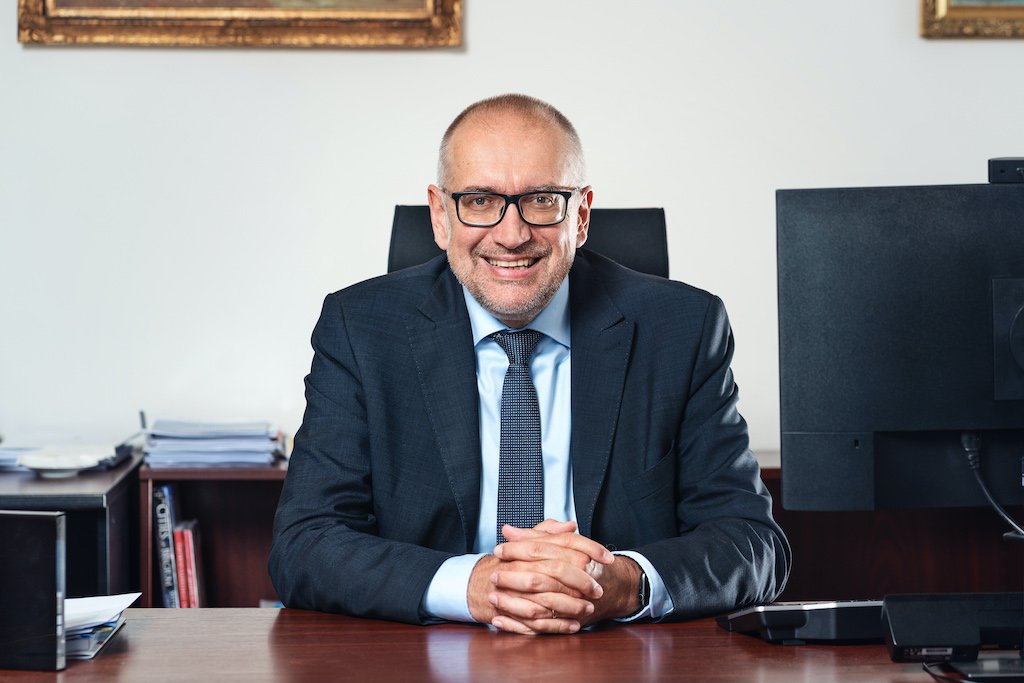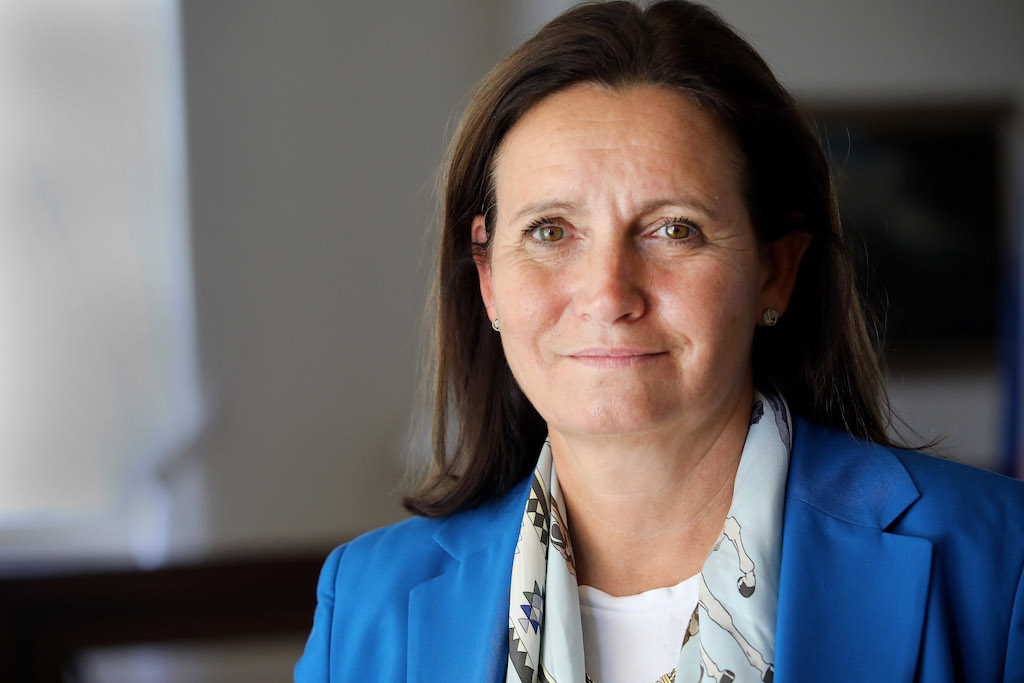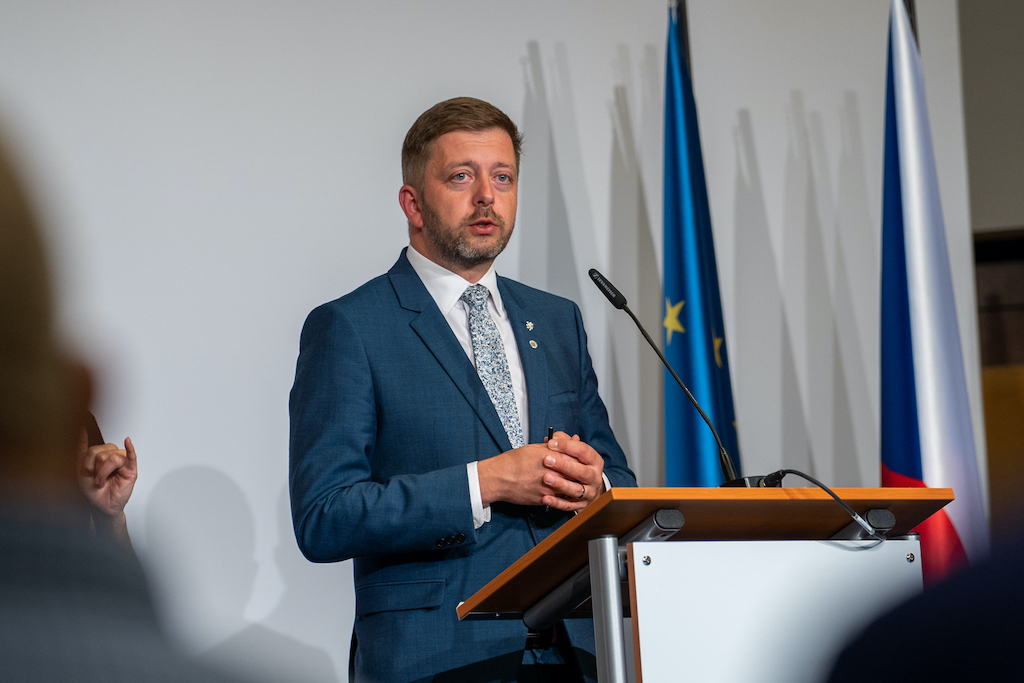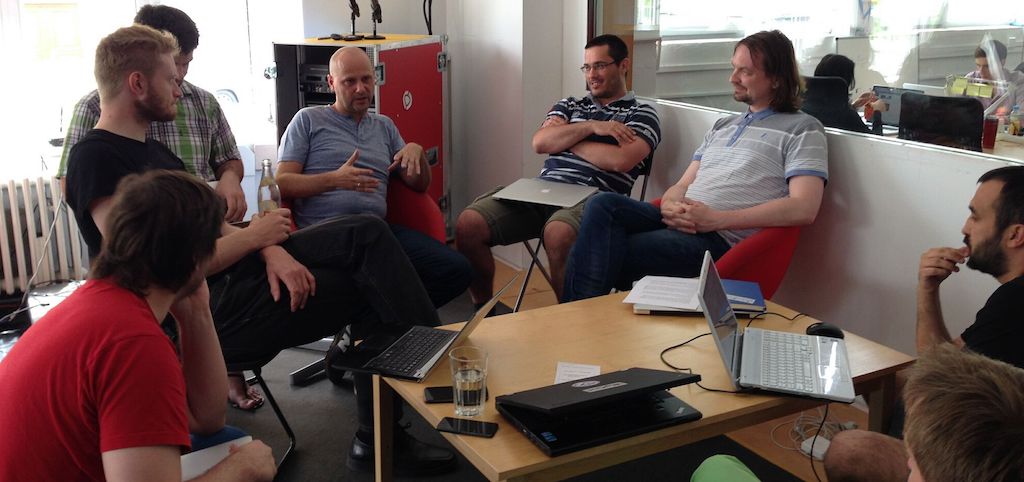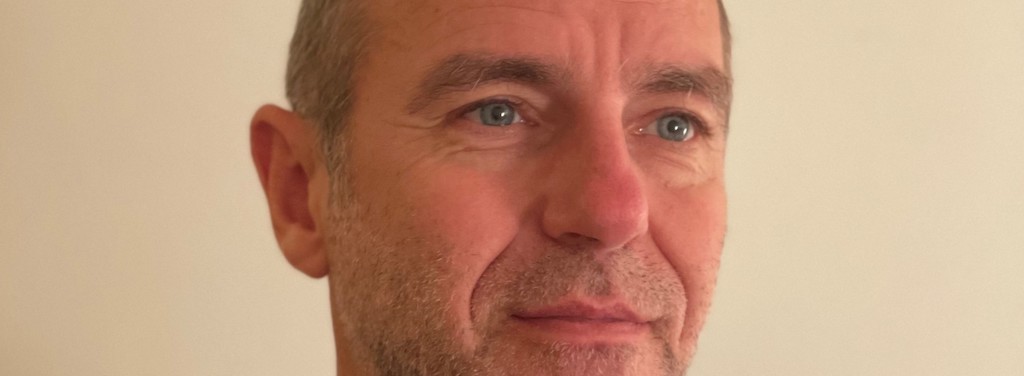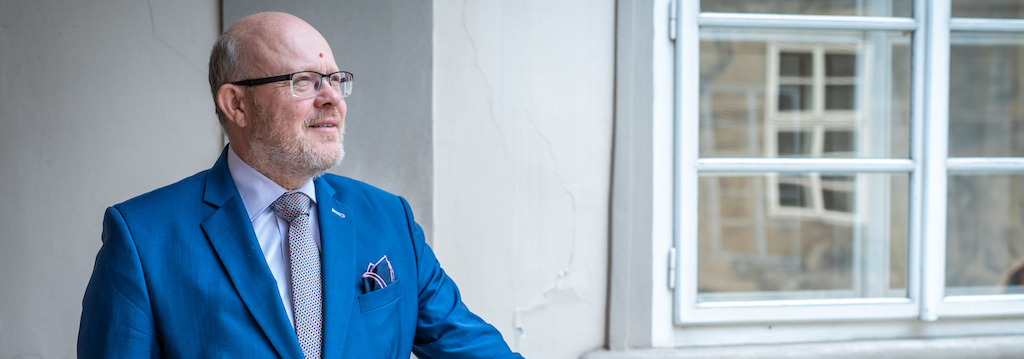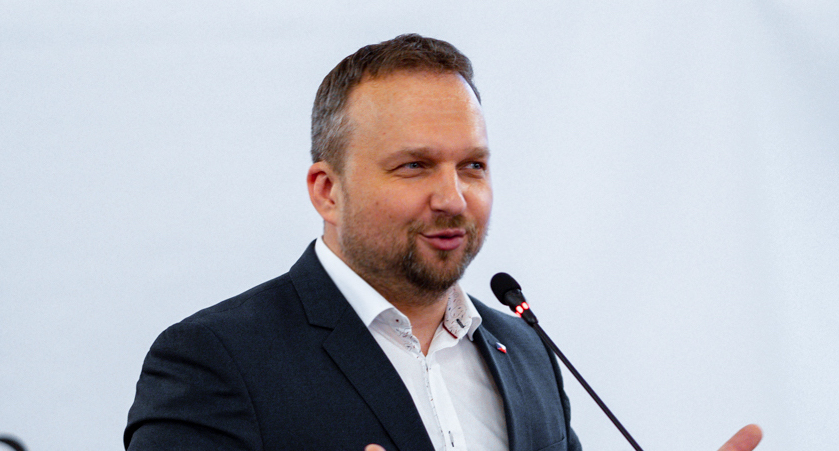Believe in us, because we are going to keep at it!
Could you talk to us about the Metropolis of Greater Paris? What are your tasks and responsibilities?
 Created since January 1, 2016, the Metropolis of Greater Paris (814 km² with 8598 inhabitants per km²) is a public institution of intercommunal co-operation with its own taxation of 131 communes belonging to the continuous urban dense zone. Its perimeter includes Paris, the 36 cities of Hauts-de-Seine, the 40 municipalities of Seine-Saint-Denis, the 47 municipalities of Val-de-Marne, 6 communes of Essonne and the city of Argenteuil du Val d’Oise. With 7.2 million inhabitants and 4.2 million jobs, it represents the leading tertiary hub in Europe and the first tourist destination in the world.
Created since January 1, 2016, the Metropolis of Greater Paris (814 km² with 8598 inhabitants per km²) is a public institution of intercommunal co-operation with its own taxation of 131 communes belonging to the continuous urban dense zone. Its perimeter includes Paris, the 36 cities of Hauts-de-Seine, the 40 municipalities of Seine-Saint-Denis, the 47 municipalities of Val-de-Marne, 6 communes of Essonne and the city of Argenteuil du Val d’Oise. With 7.2 million inhabitants and 4.2 million jobs, it represents the leading tertiary hub in Europe and the first tourist destination in the world.
This intercommunality is composed of a metropolitan council of 209 elected representatives representing the 131 member cities, and our office was elected on the basis of shared governance. This means that we exercise our skills in the general interest and in the service of our people.
Our objective, determined by law, is to define and implement metropolitan actions intended to improve the living environment of the inhabitants, to reduce the inequalities between the territories that make up the Metropolis, to develop an urban, social and economic model of sustainable development, and create means of greater attractiveness and competitiveness for the benefit of the entire national territory.
It is in this perspective that we are in charge of developing a metropolitan project that defines the general orientations of the policy carried out by the Metropolis of Greater Paris.
Thus, since 2016, we have an increase in strategic and operational skills in social, economic and cultural development and organization, and in protection and environmental enhancement.
This increase in importance is continuing within the competence of development and that corresponding to the local housing policy that will be fully exercised in the course of 2019. This is a brief map of the Metropolis of Greater Paris which is still, despite its great energy, an infant compared to other communities that have today more than 30 years of existence.
Despite its young age, this EPCI with its own taxation launches for the first time in France unprecedented planning of this scale. And all of our work is carried out head-on, which ensures overall cohesion in the perspective of preparing effectively for the Olympics in 2024.
A synergy is in place within the urban services of the Metropolis of Greater Paris, what are the innovations in place and those to come, as well as your vision for 2020/2030?
In asking this question, it seems to us that you want to know more about the actions and ambitions of the Metropolis! In fact, we have initiated operational actions by launching in 2017 and 2018 two successive competitions entitled “Inventons la Métropole du Grand Paris” (“Let Us Invent the Metropolis of Greater Paris), which are tests of attractiveness of our territory in order to draw private investment in innovative real estate projects. The impact of the 1st contest is as follows:
- €7 billion in private investment has been raised,
- 2.1 million m² developed,
- 14,290 housing units including 2,980 social housing units,
- 65,500 people will be employed to carry out the projects,
- 54,000 additional permanent jobs will eventually be put up in newly built tertiary areas
We have also initiated actions for the benefit of metropolitans through:
- Le Grand Paris Métropole Tech: a platform aimed at bringing together the ecosystem of digital players and new technologies throughout the metropolitan area;
- Le Vélib’ Métropole: an investment of € 10,000 per station per year in the metropolis (399 stations outside Metropolitan France, i.e. € 3.99 million);
- Metropolitan logistics to improve the first and last kilometre;
- “Centres-villes vivants” (“Living city centres”) Initiative: Developing and revitalizing city centres from pre-emptive commercial leases;
- The Metropolitan Investment Fund: € 37.2 million for municipalities and territories (total of 226 files);
- The “Metropolis Rides Clean!” Plan
- The GEMAPI (management of aquatic environments and flood prevention). Examples: the reopening of the Bièvre (2.5 million euros over 3 years), sluice gate Joinville (250 000 € on 3.6 million euros)
- Or Nature in the city: with the help of Metropolitan Honeys.
And all along this year, without waiting for the reform of the territorial organization of the Ile de France that the President of the Republic has to announce, we will form the strategic documents that are essential to us in the medium and long term. In less than two years, the Metropolis has indeed launched, unprecedentedly in France, the strategic plans of territorial organization of the continuous dense zone. The year 2018 is tantamount to us to a rise in the work of developing planning documents that will strongly appeal to metropolitan elected officials and will lead to phases of consultation with municipalities and territories, partners and inhabitants of the Metropolis; Thus, among the strategic documents of Greater Paris Metropolis are:
- The Metropolitan Air Energy Climate Plan (MAECP) which aims for structure with all the actors involved – the metropolitan public action in terms of greenhouse gas (GHG) emissions and adaptation to the effects of climate change.
- The Metropolitan Habitat and Accommodation Plan (MHAP), the adoption of which will be a strong demonstration of the Metropolitan intent to implement a housing policy in phase with the State. It will also testify to our capacity to be a legitimate interlocutor in the interest of the populations.
- The Territorial Coherence Scheme (TCOS) will ensure coherence of the major orientations of all our future policies in terms of planning, housing, environment and economic development
- The Metropolitan Scheme for Digital Development (MSDD), which should promote in terms of digital infrastructures: “the coherence of public initiatives and their effectiveness with private investment”, and in terms of digital uses and services: “the implementation of shared resources, both public and private, including digital mediation.”
In 30 months of existence, the Metropolis of Greater Paris works relentlessly with a tighter team in action and programming.
From your point of view, in what way does this synergy represent a good role model at a national and European level?
Each metropolis is unique in geography, economy and social configuration, but the Metropolis of Greater Paris, by its history and that of its city centre, can neither be compared in its governance nor in its objectives. At the national level it represents 489 billion euros, or 75% of regional GDP and nearly 25% of national GDP; 4 million jobs, 70% of regional jobs and nearly 15% national; 1 million employees enter the metropolis every day to work there; and 38 million m² of offices, being the first park in Europe.
However, exclusion and relegation also affect the populations living in this dense and continuous zone: the poverty rate in the Metropolis of Greater Paris is 18% of the households living there, while in the Paris area it is 15% (national rate 15%) – This means that poverty is greater in the Metropolis of Greater Paris than in Ile de France!
In addition, 158 priority neighbourhoods of the city’s policy, i.e. 35% of the national figure, are located on the territory of the Metropolis of Greater Paris. These are figures that reflect contrasting sociological and economic realities.
This shows that if the metropolis is provider of capital gains and wealth that enhance the attractiveness of France, there certainly live, and surely more than elsewhere, people who suffer from poverty and exclusion! Therefore we do not wish to pose as a role model, but, being in search of efficiency, we look at what is happening beyond our perimeter to, if necessary, inspire us!
Territorial governance, the notion of subsidiarity! Could you give us your point of view on these major issues on the eve of the European elections?
Governance at the level of the Metropolis of Greater Paris was built by going beyond political divisions on the one hand and respecting the identity of the 131 municipalities that are members. Our competences are defined by the law and we defend with determination the power of mayors who are elected officials who are trusted by our fellow citizens. Therefore, the principle of subsidiarity is inscribed in the DNA of the metropolis, which always works for the sake of efficiency. Indeed, the implementation of public policies in the service of citizens on a dense urban territory, like that of the Metropolis of Greater Paris, requires a governance that combines a strategic level that brings an overall vision and that implements actions and major projects of collective interest, along with levels of proximity that work to support the inhabitants for projects and services that meet the needs and particularities of municipalities.
What is the message you would like to convey to citizens at the core of the public service of your metropolis?
The Metropolis of Greater Paris intends to meet the expectations and concerns of the metropolitans, namely to appease long-term concerns about Housing, Employment and Air Quality in particular. These essential topics are or will be the responsibility of the Metropolis of Greater Paris, a young EPCI which, with a mission administration composed for the moment of 40 agents working with determination and enthusiasm, works to improve the framework of life of our fellow citizens. We have faith in the future of a metropolis in the service of humanity! Believe in us, because we will keep at it!
